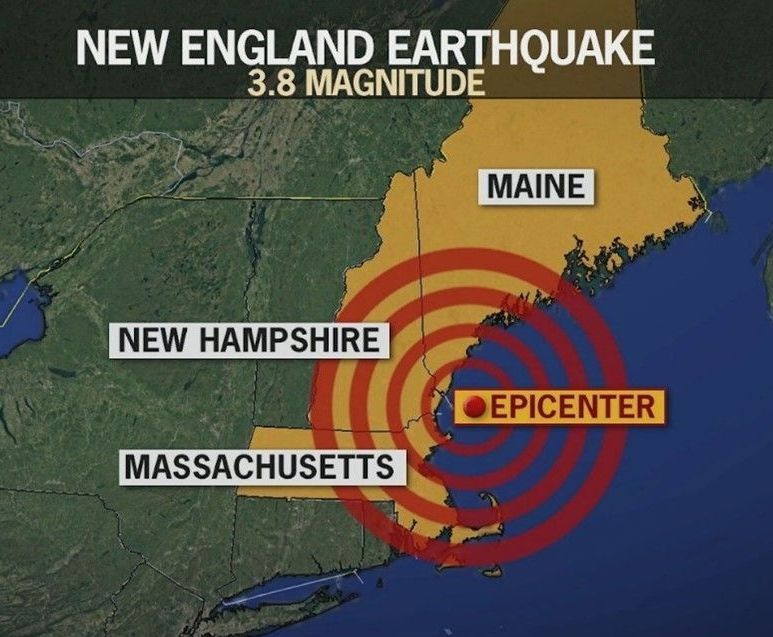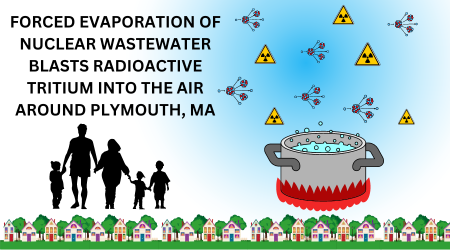Increased awareness needed with nuke plant nearby
- By Natalie Hildt Treat
- •
- 03 Oct, 2018
Letter to the editor in the Newburyport Daily News - 9/28/18

Each September, federal and state agencies encourage people to plan for what they would do in the event of an emergency — natural or man-made.
While we don’t have to worry much about volcanoes or massive wildfires, we do face risks, including coastal storms and flooding, and we share our home with an aging nuclear power plant.
Living near Seabrook Station calls on all of us to consider the possibility — however small — of an accidental radiological release, and how we would react were the unthinkable to happen.
Since 1991, C-10 Research and Education Foundation has been working to protect public health and the natural environment surrounding Seabrook Station. We’ve compiled a general emergency preparation checklist and resources relative to living near Seabrook at C-10.org.
Aside from making a plan and stockpiling supplies for our own families, we should also be asking tough questions about what plant operators and federal regulators are doing to keep our communities safe from an accident that could be caused — or exacerbated by — severe weather, earthquake or other act of nature.
After the 2011 tsunami and subsequent accident at Fukushima, the world’s coastal nuclear plants installed more powerful pumps, upgraded power supplies, and installed waterproof doors and movable flood barriers to protect against catastrophic flooding that could knock out electrical systems, disable cooling mechanisms and potentially lead to a dangerous release of radioactivity. But are such steps enough?
Researchers from Stanford University determined that Seabrook Station is one of four nuclear plants in the U.S. deemed to be at high risk from coastal flooding. Seabrook is located two miles inland, and was constructed 20 feet above sea level.
Yet in the environmental report required with its 2012 application to renew the plant’s original 40-year operating license 20 more years to 2050, NextEra Energy Seabrook LLC made no specific mention of rising sea levels, or how the plant is prepared to handle increased storm surge or other climate change-related challenges. On behalf of our members, C-10 thinks we deserve to know more.
Seabrook is suffering from an irreversible type of concrete degradation known as alkali-silica reaction that has implications for its current operating license and its pending renewal request. The threat of severe weather is something that all coastal residents must live with and prepare for. A nuclear power plant is one more thing for us to think about during Emergency Preparedness Month, and all year long.
Natalie Hildt Treat
Executive Director
C-10 Research & Education Foundation, Inc.
Continue to the Newburport Daily News website
© C-10 Research and Education Foundation 2025 C-10 is a registered 501(c)(3) nonprofit. Tax ID/EIN #22-3117209.



